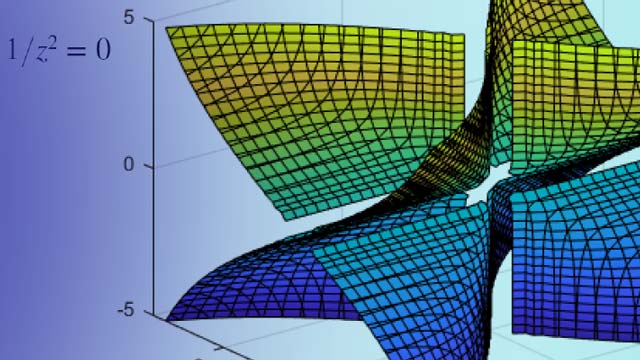Symbolic Summation
Symbolic Math Toolbox™ provides two functions for calculating sums:
Comparingsymsumandsum
You can find definite sums by using bothsumandsymsum. Thesumfunction sums the input over a dimension, while thesymsumfunction sums the input over an index.
Consider the definite sum
First, find the terms of the definite sum by substituting the index values forkin the expression. Then, sum the resulting vector usingsum.
syms k f = 1/k^2; V = subs(f, k, 1:10) S_sum = sum(V)
V = [ 1, 1/4, 1/9, 1/16, 1/25, 1/36, 1/49, 1/64, 1/81, 1/100] S_sum = 1968329/1270080
Find the same sum by usingsymsumby specifying the index and the summation limits.sumandsymsumreturn identical results.
S_symsum = symsum(f, k, 1, 10)
S_symsum = 1968329/1270080
Computational Speed ofsymsumversussum
For summing definite series,symsumcan be faster thansum. For summing an indefinite series, you can only usesymsum.
You can demonstrate thatsymsumcan be faster thansumby summing a large definite series such as
To compare runtimes on your computer, use the following commands.
symsktic sum(sym(1:100000).^2); toc tic symsum(k^2, k, 1, 100000); toc
Output Format Differences Betweensymsumandsum
symsumcan provide a more elegant representation of sums thansumprovides. Demonstrate this difference by comparing the function outputs for the definite series
To simplify the solution, assumex > 1.
syms x assume(x > 1) S_sum = sum(x.^(1:10)) S_symsum = symsum(x^k, k, 1, 10)
S_sum = x^10 + x^9 + x^8 + x^7 + x^6 + x^5 + x^4 + x^3 + x^2 + x S_symsum = x^11/(x - 1) - x/(x - 1)
Show that the outputs are equal by using总. The总function returns logical1(true), meaning that the outputs are equal.
总(S_sum == S_symsum)
ans = logical 1
For further computations, clear the assumptions.
assume(x, 'clear')

